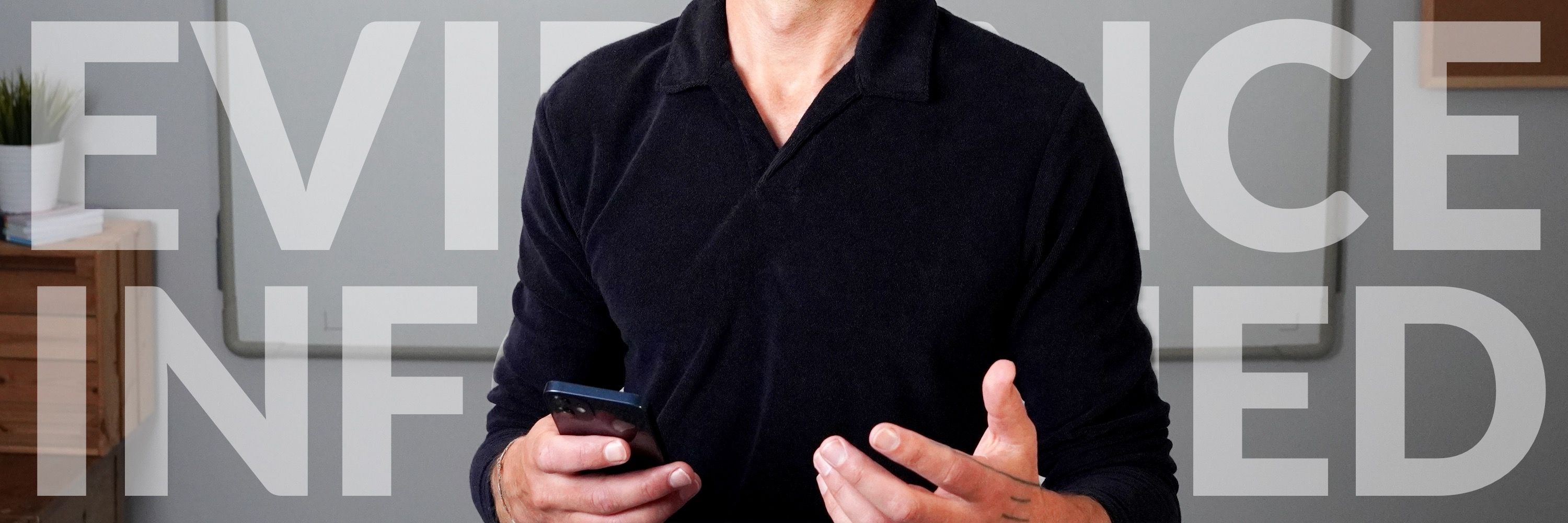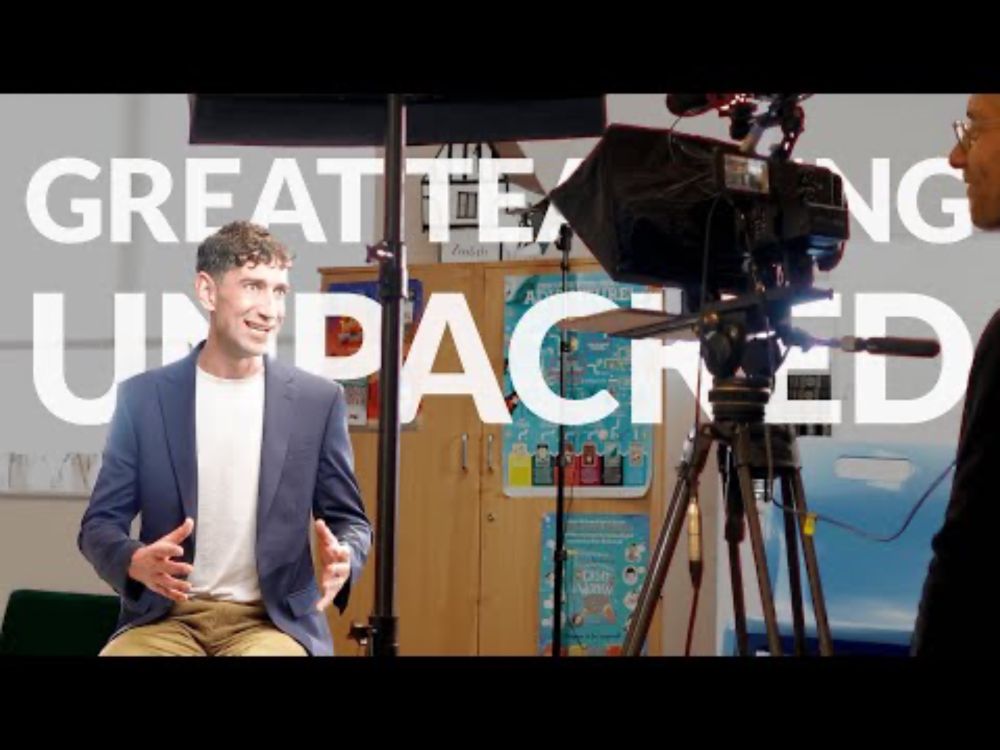Peps
@pepsmccrea.bsky.social
3.1K followers
32 following
430 posts
Keeping you (teachers) informed // Director of Education, Steplab // Author of Evidence Snacks, a weekly 5-min email read by 25k+ teachers → https://snacks.pepsmccrea.com 🎓
Posts
Media
Videos
Starter Packs
Peps
@pepsmccrea.bsky.social
· 10d
Peps
@pepsmccrea.bsky.social
· 10d
Peps
@pepsmccrea.bsky.social
· 10d

Evidence-based Kernels: Fundamental Units of Behavioral Influence
Clinical Child and Family Psychology Review - This paper describes evidence-based kernels, fundamental units of behavioral influence that appear to underlie effective prevention and treatment for...
link.springer.com
Peps
@pepsmccrea.bsky.social
· 10d
Peps
@pepsmccrea.bsky.social
· 10d
Peps
@pepsmccrea.bsky.social
· 10d
Peps
@pepsmccrea.bsky.social
· 10d
Peps
@pepsmccrea.bsky.social
· 10d
Peps
@pepsmccrea.bsky.social
· 10d
Peps
@pepsmccrea.bsky.social
· 10d
Peps
@pepsmccrea.bsky.social
· 10d
Peps
@pepsmccrea.bsky.social
· 17d
Peps
@pepsmccrea.bsky.social
· 17d





